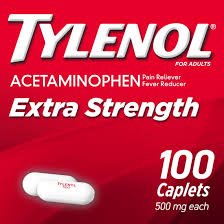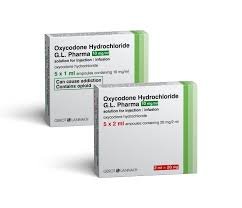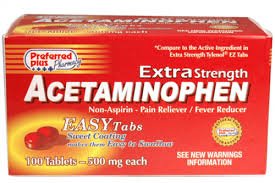Description
LEVORPHANOL TARTRATE: An Overview
Introduction
LEVORPHANOL TARTRATE is a synthetic opioid analgesic used primarily to manage moderate to severe pain. It belongs to the class of drugs known as morphinans and is structurally related to other opioids like morphine and hydromorphone. Levorphanol is often prescribed for pain relief in various clinical settings, such as after surgery or for individuals with chronic pain conditions.
Mechanism of Action
Levorphanol exerts its effects through multiple mechanisms. Like other opioids, it primarily works by binding to opioid receptors in the brain and spinal cord. These receptors, particularly the mu-opioid receptors, are responsible for producing analgesia (pain relief) and euphoria. Levorphanol, however, has a unique profile because it also has a significant effect on other receptors, including the sigma and kappa receptors, which may contribute to its analgesic and sedative properties.
In addition to its action on opioid receptors, levorphanol inhibits the reuptake of serotonin and norepinephrine, which may enhance its pain-relieving effects. This action makes it somewhat similar to certain antidepressants, such as tricyclic antidepressants, which also affect these neurotransmitters.
Dosage and Administration
The dosage of levorphanol varies based on the severity of pain, the patient’s response, and whether they are opioid-tolerant. Typical oral dosages range from 2 to 4 mg every 6 to 12 hours, though some patients may require more or less depending on individual factors. Levorphanol is also available in injectable forms for those who cannot take oral medication.
Side Effects
Like all opioids, levorphanol carries the risk of side effects, some of which can be severe:
- Common side effects: These include drowsiness, dizziness, constipation, nausea, and vomiting. These side effects are typically more pronounced when first starting the medication or after dose increases.
- Respiratory depression: One of the most dangerous side effects of opioids, including levorphanol, is respiratory depression, which can be life-threatening. This effect is more likely to occur with higher doses or in individuals who are opioid-naive or have respiratory issues.
- Sedation and mental impairment: Levorphanol can cause drowsiness, confusion, and impairment of judgment and coordination. This can affect daily activities, including driving.
- Tolerance and dependence: With prolonged use, patients may develop tolerance to the drug, requiring higher doses to achieve the same level of pain relief. Physical dependence and withdrawal symptoms can also occur if the drug is stopped abruptly.
- Other effects: Less common but serious side effects include hypotension (low blood pressure), urinary retention, and seizures.
Conclusion
LEVORPHANOL TARTRATE is a potent opioid analgesic that is effective in managing moderate to severe pain, particularly in individuals with chronic pain or those recovering from surgery. It has a long half-life and acts through multiple mechanisms, providing effective pain relief. However, it carries the typical risks associated with opioids, such as respiratory depression, sedation, and the potential for tolerance, dependence, and overdose. As with all opioids, it is crucial to use levorphanol under the guidance of a healthcare provider, particularly for long-term use or in individuals with pre-existing health conditions.






Reviews
There are no reviews yet.